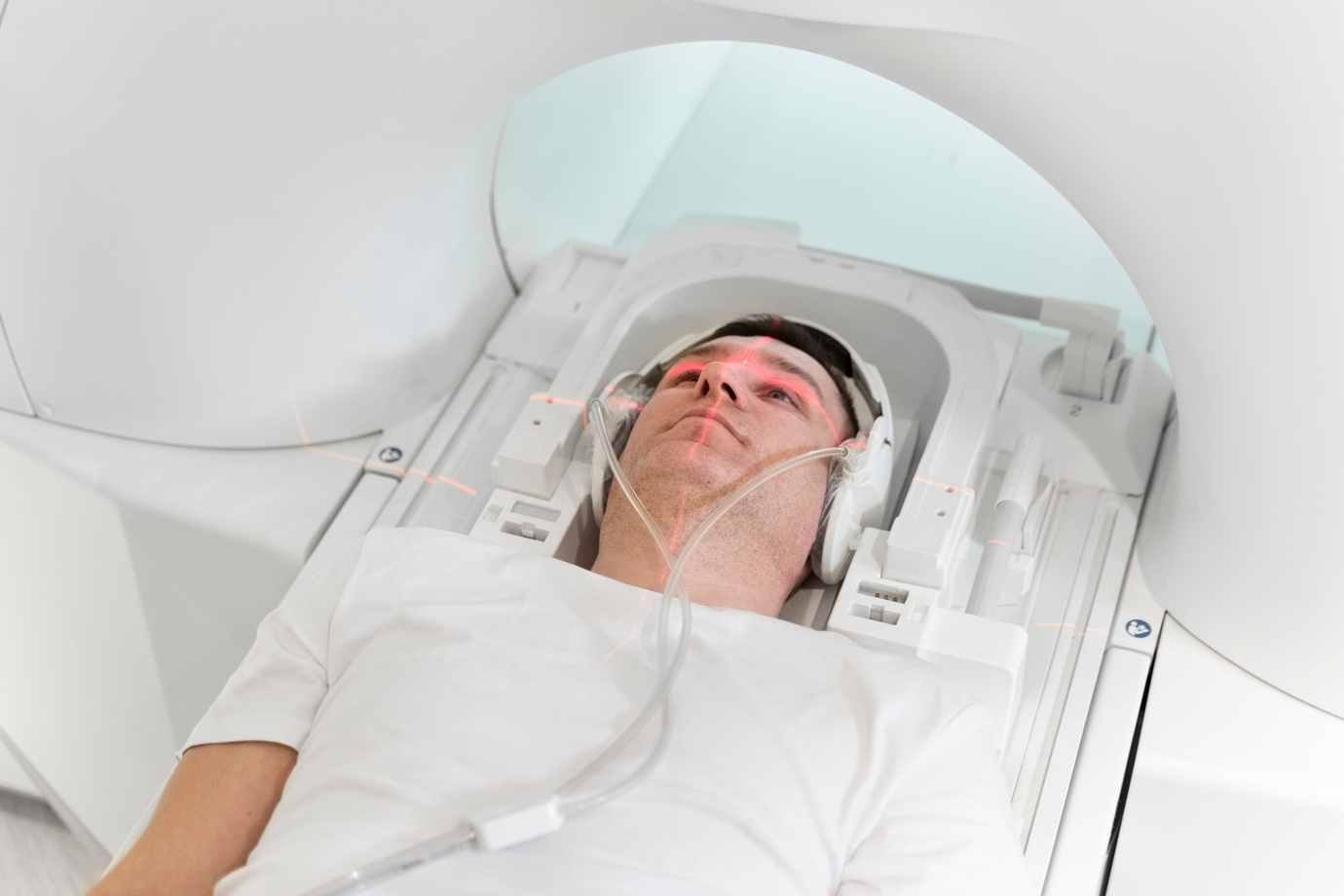Radiation Therapy for Head and Neck Cancers: Treatment Approaches and Outcomes
Head and neck cancers are a group of cancers that occur in the tissues and organs of the head and neck, including the mouth, throat, larynx, salivary glands, and sinuses. Radiation therapy is one of the most effective treatments for head and neck cancers, often used in combination with other treatments like surgery and chemotherapy. This blog article will go through the various radiation treatment modalities and their effects on head and neck malignancies.
Approaches to Radiation Therapy for Head and Neck Cancers
Radiation therapy for head and neck cancers can be delivered using external beam radiation therapy (EBRT) or brachytherapy. EBRT involves delivering radiation from outside the body, while brachytherapy involves placing a radiation source inside the body close to the tumor.
Another approach to radiation therapy is intensity-modulated radiation therapy (IMRT), a kind of EBRT that limits radiation exposure to healthy tissues while using computer-controlled X-ray beams to deliver high doses of radiation to the tumor. This approach is especially useful for treating head and neck cancers because it allows for precise targeting of the tumor while sparing critical structures like the salivary glands, eyes, and spinal cord.
Outcomes of Radiation Therapy for Head and Neck Cancers
The results of radiation therapy for head and neck malignancies rely on a number of variables, such as the kind and stage of the disease, the patient's general health, and the method of treatment. In general, radiation therapy can lead to high cure rates and good functional outcomes for patients with head and neck cancers.
Studies have shown that the use of IMRT for head and neck cancers results in improved tumor control and reduced toxicity compared to conventional radiation therapy approaches. Patients treated with IMRT also experience better swallowing function and fewer long-term side effects, such as dry mouth and difficulty speaking.
JIET Hospital's Approach to Radiation Therapy for Head and Neck Cancers
At JIET Hospital, we offer the latest radiation therapy technologies and treatment approaches for head and neck cancers. Our team of experienced radiation oncologists works closely with other specialists to develop personalized treatment plans for each patient, ensuring the best possible outcomes.
We use state-of-the-art IMRT techniques to deliver radiation therapy for head and neck cancers, minimizing radiation exposure to healthy tissues and reducing the risk of side effects. Our radiation therapy services are complemented by comprehensive supportive care services, including nutritional counseling, speech therapy, and rehabilitation, to help patients maintain their quality of life during and after treatment.
Conclusion
The effectiveness of radiation therapy as a head and neck cancer treatment depends on a number of factors, including the treatment approach used. At JIET Hospital, we use the latest radiation therapy technologies and personalized treatment plans to ensure the best possible outcomes for our patients with head and neck cancers. If head and neck cancer has been detected in you or someone you know, we strongly suggest visiting with one of our specialists to learn more about our radiation therapy services and other potential therapies.















